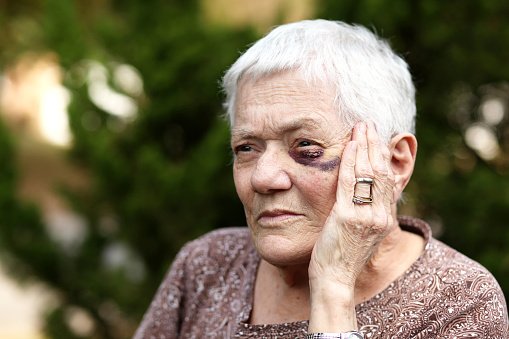Confronting the legal system can be a daunting experience, especially for those who aren’t familiar with the rules of lawsuits. Personal injury victims could have a better quality of life if they find someone to hold their hands throughout their malpractice journey.
These are precisely the kinds of services we offer here at Justpoint. Continue reading to learn about the statute of limitations in the state of New York for various offenses.
What is the Statute of Limitations?
In civil and criminal cases, a statute of limitations is a law that sets a time limit for parties to begin legal proceedings from the date of an alleged offense. The statute of limitations in the state of New York ranges from one year to unlimited, depending on the severity of the crime.
New York State Statute of Limitations by Crime?
The table below describes the statute of limitations for different types of crimes in New York.
| Crime Type | Statute of Limitation |
| Arson | Unlimited. On average, 2 or 5 years, depending on the evidence provided. |
| Assault/Battery | 1 year from the malpractice date for a civil lawsuit. 2 or 5 years for a criminal case, depending on the evidence. |
| Burglary | On average, 2 or 5 years, depending on the pieces of evidence provided. |
| Car accidents | 3 years from the date of the accident |
| Child sex abuse | No limit. Most cases are liable until the victim turn 55 (Civil) or turns 28 (Criminal) |
| Class A felony | No statute of limitations |
| Product liability | 3 years from the date of the accident |
| Rape | No time limit |
| Other negligence resulting in personal injury | 3 years from the date of the accident |
| Emotional distress (intentional) | 1 year from the act |
| Emotional distress (negligent) | 3 years from the date of the accident |
| Property damage | 3years |
| Slip and fall | 3 years from the date of the accident |
| Fraud | 6 years |
| Wrongful death | 2 years from the death |
| Legal malpractice | 3 years |
| Libel/Slander | 1 year from the act |
| Manslaughter 1st & 2nd degrees | 5 years |
| Medical malpractice | 2 years and 6 months from the date of malpractice or from the end of continuous treatment rendered by the party or entity you intend to sue |
What Crimes Don’t Have Statutes of Limitations in the State of New York?
There is no statute of limitations in New York for first-degree murder, rape, Class A felonies, and some types of arson and kidnapping. In addition, the statutes of limitations for each case are complex and vary depending on the evidence provided for each malpractice case.
Crimes in New York have different statutes of limitation. An experienced personal injury lawyer can help you get the most from your legal case. Speak with a licensed lawyer now.
Conclusion
- Painful personal injury lawsuits can be challenging if you’re going through them alone. Working with an experienced attorney with a long track record of success can increase your chance of positive outcomes.
- A statute of limitation is the stipulated time frame to file a lawsuit against the liable parties of medical malpractice.
- The statute of limitations for crimes in New York can range from one year to infinity, depending on the applicable law and the evidence at hand.
- As long as there is sufficient evidence to prosecute, crimes like first-degree murder, arson, class A felonies, and rape are not subject to a statute of limitations and are instead charged per the evidence provided.
FAQS
What is the Statute of Limitations for Suing in New York State?
You must file your lawsuit within a specific time frame, depending on the type of case. It takes three years to bring a negligence lawsuit in New York. Car accidents and other types of injury cases fall under the umbrella of negligence.
How Many Years is the Statute of Limitations in NY to Bring a Lawsuit for Breach of Contract?
It takes six years to file a lawsuit in New York for a breach of contract. If you fail to file a lawsuit by this deadline, a court will reject your claim.
Can You Sue New York State?
The Court of Claims in New York City has jurisdiction over cases brought against the state of New York or a government agency within the state. First, a claim for damages must be filed through the court clerk, and the Attorney General must be served a copy of it.












